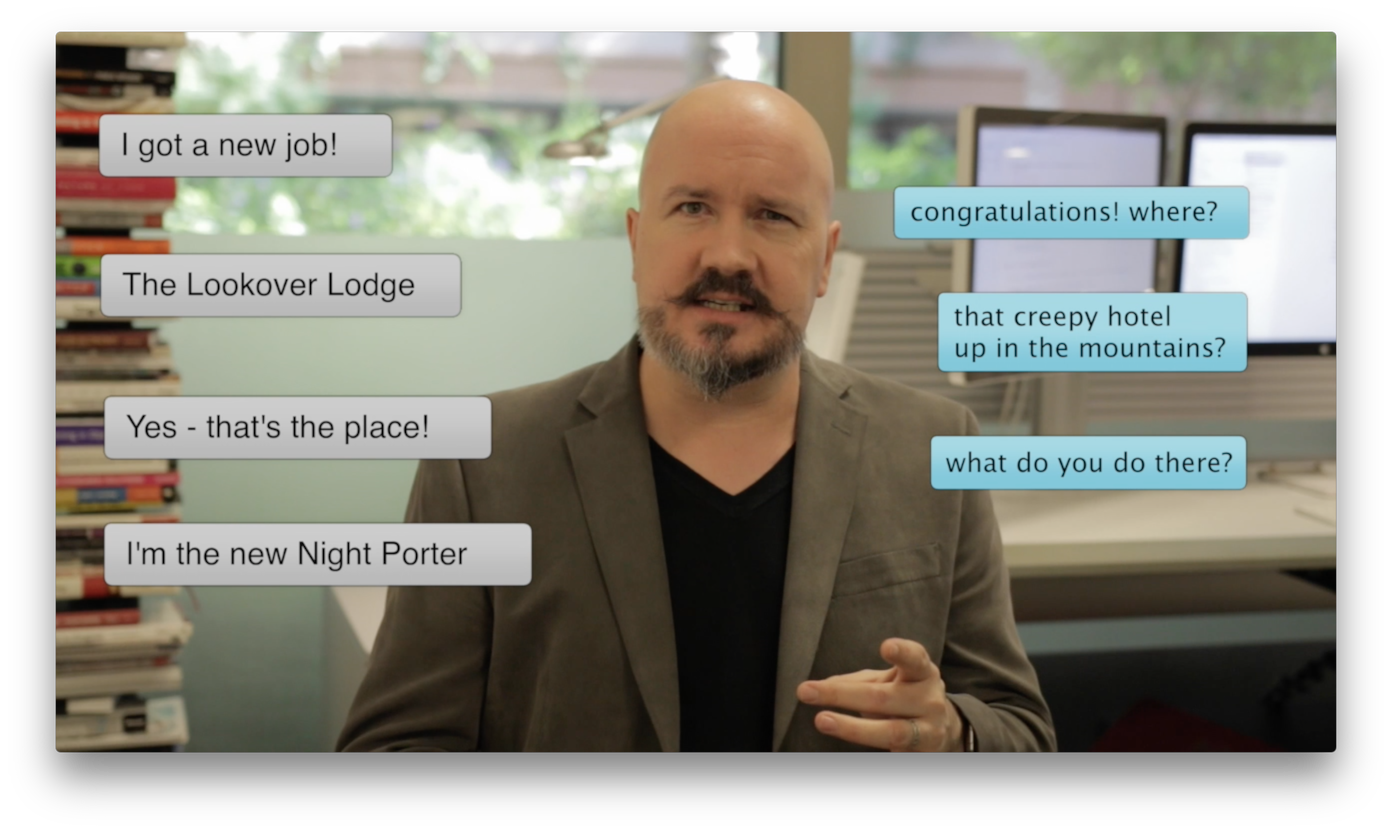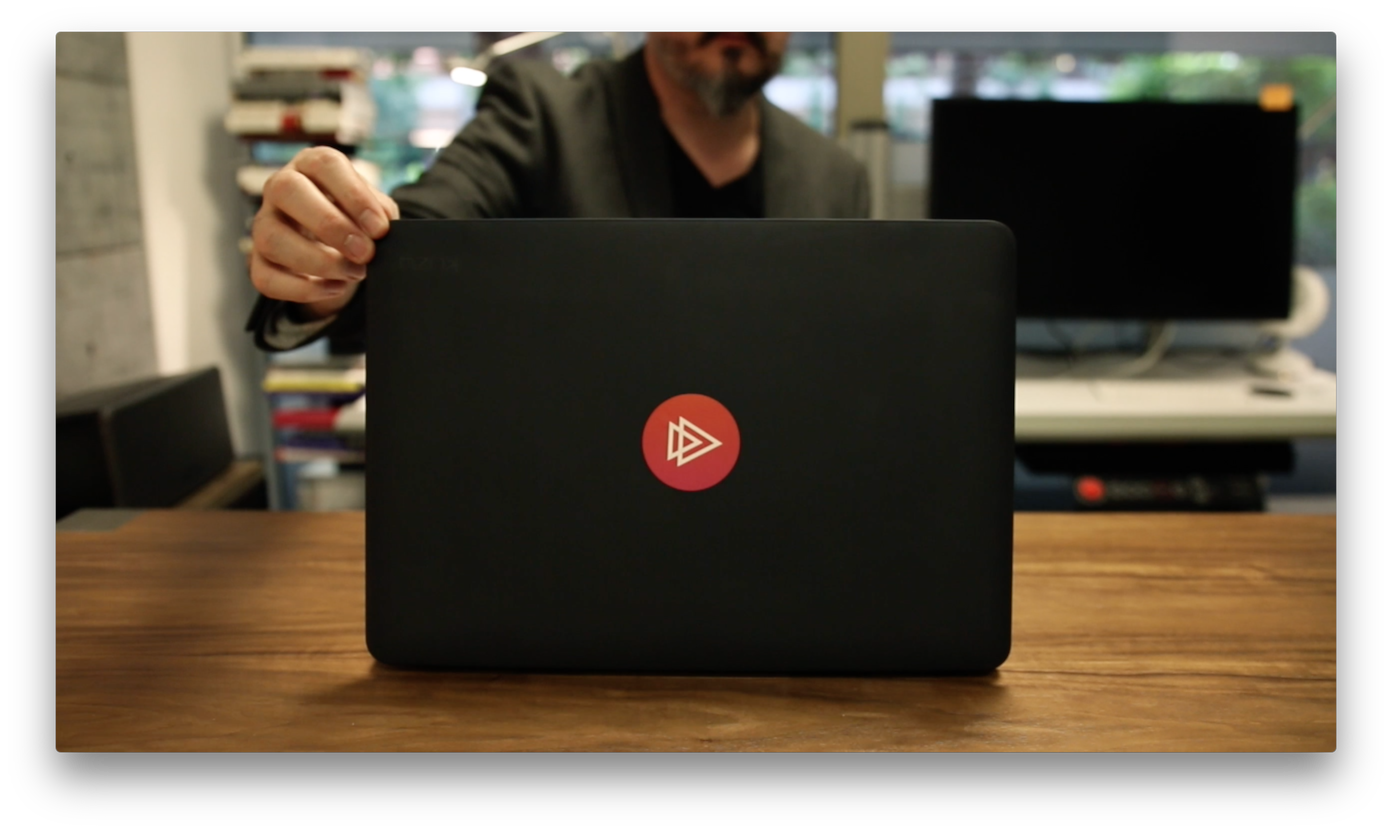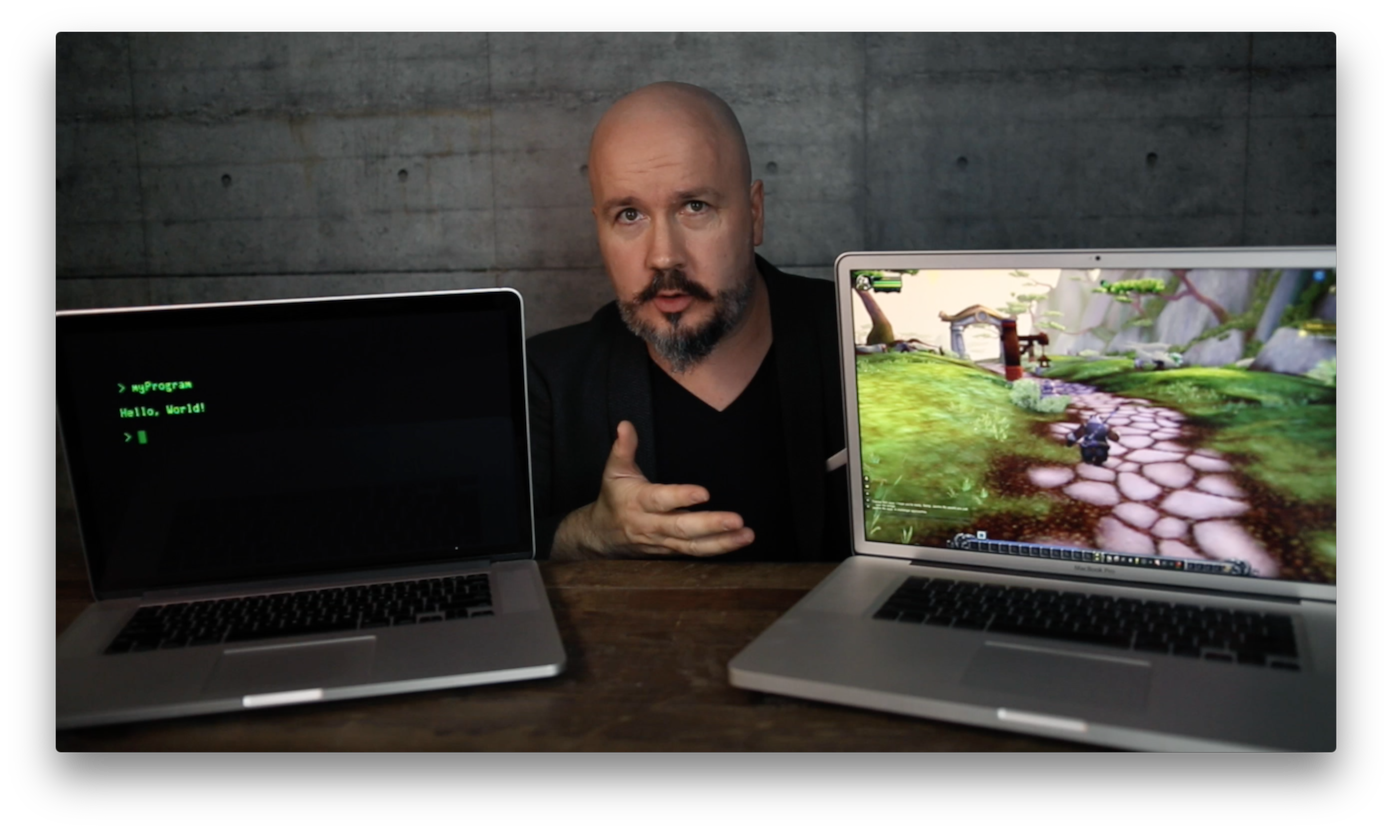MY recent Courses at Pluralsight










course: TYPESCRIPT: THE BIG PICTURE
A fast, high-level (but still technical) introduction to TypeScript — a language that improves the experience writing JavaScript apps.
course: 1969 Moon landing: the code of the apollo guidance computer (AGC)
For the 50th Anniversary of the Apollo 11 Moon Landing, I take you on a quick tour of the code of the Apollo Guidance System.
course: machine learning: executive briefing
A practical, pragmatic, jargon-free—and fast (just 39 minutes) — introduction to Machine Learning. Quickly cover the most important ideas and concepts — and learn approaches and techniques to apply Machine Learning in your own career.
course: swift fundamentals
Updated for Swift 4: Swift is the modern, fast, and safe programming language that has rapidly become the first choice for building iOS and macOS apps. This course serves as a firm foundation in Swift, including core syntax, best practices, working with data, and more.
course: databases: Executive briefing
Databases are ubiquitous in business and life, but they're often misunderstood and underestimated. Quickly ramp up on the reasons, features, the terminology and jargon around databases, the current marketplace, and the skills you need.
cOURSE: What Is Programming?
I think this is my best content ever on the Fundamentals of Programming! A fast-paced and (hopefully!) entertaining course, you'll learn the fundamentals, the essential ideas, and the concepts for success in any programming language. First, you'll learn how to write a computer program and learn how to get the computer to understand it. Next, you'll learn all about the syntax - the rules - of programming languages. Finally, you'll explore how to make real-world programming easier, from libraries to frameworks, SDKs and APIs. By the end of this course, you will not only be on your way to becoming a software developer, but you'll also understand how to work with them, manage them, or live with one.
course: iOS 11 Fundamentals
An introduction to iOS 11 development, using Xcode 9 and the Swift programming language. Building for iOS is an incredibly valuable skill for any developer. In this course, you'll use Xcode and Swift to make iOS apps with adaptive user interfaces that work on multiple devices, explore iOS app architecture, and more.
course: Microsoft Azure Developer: Aligning Functional and Non-functional Requirements
Effective and relevant across many software development methodologies, defining functional and non-functional requirements can help you get clear on exactly what you need to build in an application or system, and what qualities you expect from it.
course: cloud patterns and architecture for microsoft azure developers
A slightly different one for me: this is a language-neutral course explaining how to using Microsoft Azure resources to design complex systems, such as load balancing, caching, partitioning, content delivery networks, and performance testing. , Designing apps in the cloud requires a certain way of thinking—this course focuses on the different architectural options and patterns most useful in the cloud.
course: Microsoft Azure for Node.js Developers - Cloud Patterns and Architecture
Microsoft Azure isn't just for .NET apps—it supports multiple technologies and languages. This course focuses on using Node.js in Microsoft Azure for building scalable and resilient cloud applications. This course covers the main Azure services including load balancing, caching, partitioning, content delivery networks and performance testing.
course: Microsoft Azure for Node.js Developers - building secure services and applications
This course explores implementing Node.js applications in Microsoft Azure, with a focus on the security-oriented Microsoft Azure services, including software containers, role-based access control, and more.
course: iOS 9 Fundamentals
An introduction to iOS 9 development, using Xcode 7 and the Swift 2 programming language. This course first covers the basics of the Swift language, and dives into creating flexible iOS user interfaces that work on multiple devices, seeing how software patterns like Target-Action, Delegation, and Model-View-Controller are implemented in iOS, and exploring best practices for iOS application architecture.